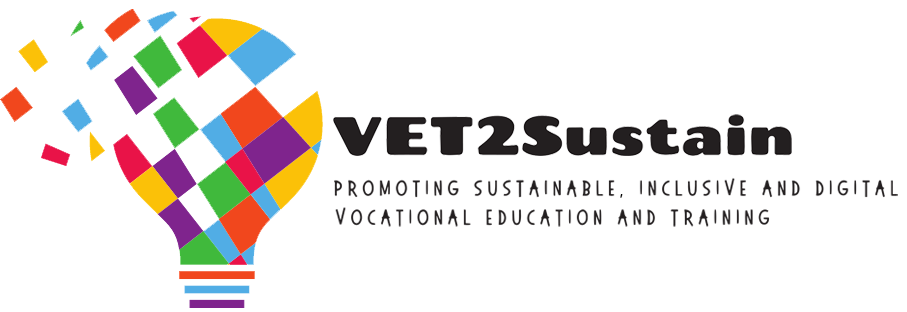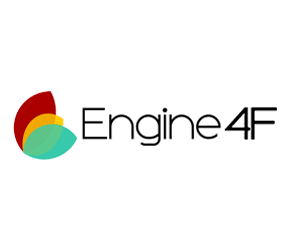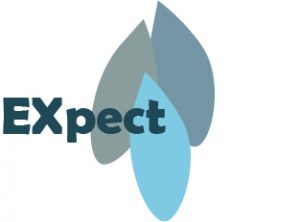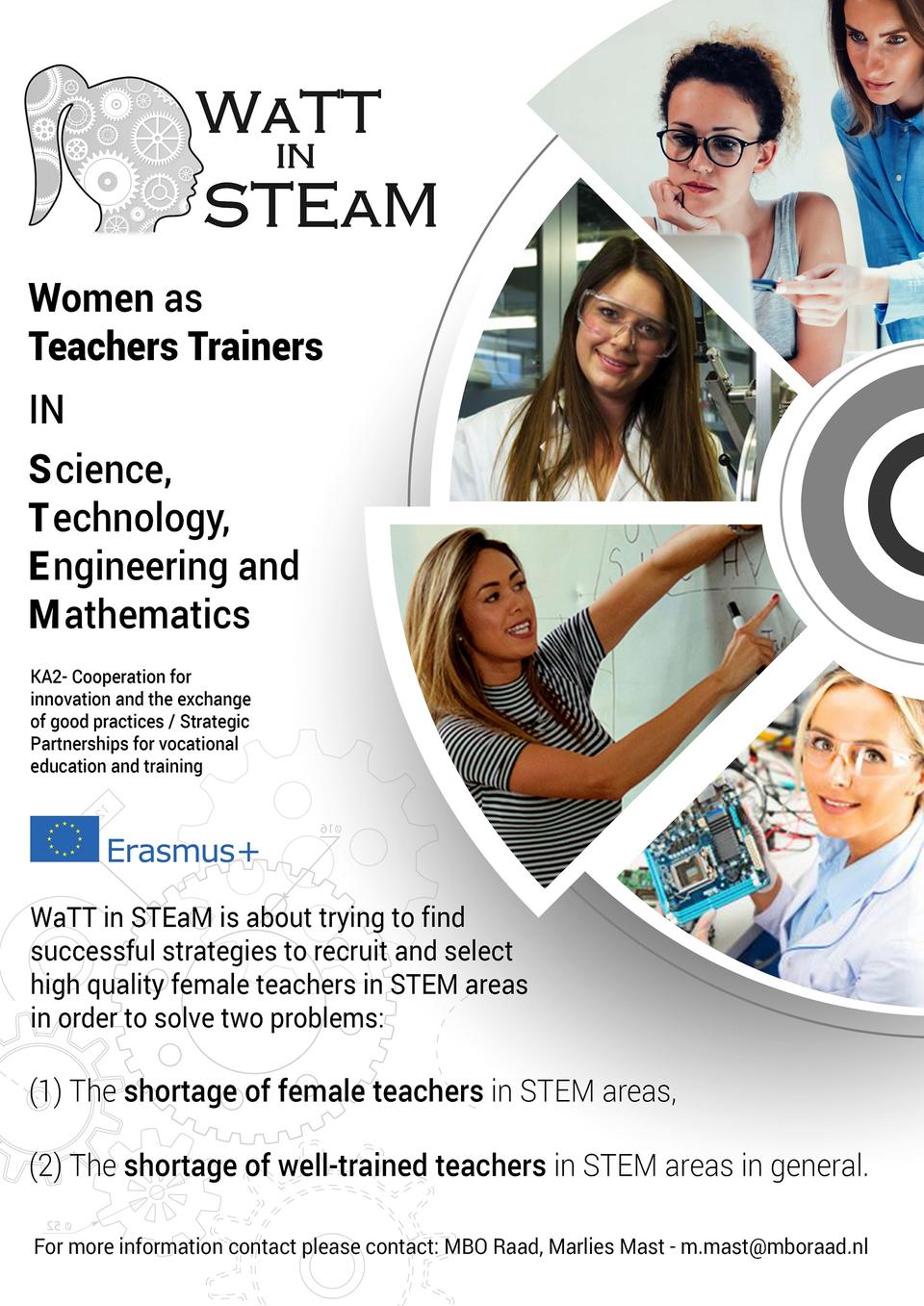
VET2SUSTAIN

Engine4F partnership
The partnership of this project, composed of 10 partners, from 6 different countries, involved vet schools, universities, SMEs and Order/association of Engineers.
It addressed a common European need related to the lack of qualified staff within technical and engineering professional areas, especially women. It also intended, indirectly, to increase labour market relevance of VET courses, specially attracting girls into more technical VET areas so that a balance of gender was achieved.
Our project aimed at intervening among 8th and 9th grade students – and female students in particular. By increasing their exposure to technical areas and engineering professions and by promoting the learning of STEM related subjects through creative and innovative teaching practices, to be included in the subjects of Sciences, Maths, Physics and Chemistry, we also contributed, among others, to deconstruct gender stereotypes, promote gender equality within these areas, increase labour market relevance of VET courses and review negative pre-conceived ideas related to VET learning paths.
ENGINE4F supported an “Awareness > Action Plan” methodology in the first two years and the study of the impact in the third year of its application, followed by the development of a set of activities, separated by area, related to STEM subjects and to be implemented in Sciences, Maths, Chemistry and Physics classes, as a way to complement them and to enhance student’s motivation and predisposition for learning.
Activities within this methodology resulted in an e-manual.
The project also comprised the creation of a Virtual Learning Environment (VLE – http://www.pragmaeng.it/engine4f/ ), which acted as a portal giving information on career areas, curiosities, examples of career opportunities within each area, possibility to upload or download documents, etc.
At the end of this project it was expected that not only the number of female students and students in general pursuing VET courses focusing on engineering/technical areas increased, but also preconceived negative ideas related to VET courses and engineer career opportunities decreased. A better understanding of employment opportunities related to these areas, along with increased motivation for learning Maths, Physics, Sciences and Chemistry, development of soft-skills leading to decision-making, problem-solving, etc. (through activities implemented also in each school of the partnership), was also expected and achieved.

EUCVET
EUCVET continues the elaboration on ECVET to provide new vocational education opportunities abroad
In the EUCVET project, new units of learning outcomes are developed in trucks maintenance and industrial automation. There will also be a unit in welding. All units of Learning outcomes will be used to open up for education and training opportunities abroad for students in intitial vocational education and training programmes, i.e European classes.
The EUCVET project is a follow-up on two previous projects – EURIAC and ECT – during which the European Class concept was created. The European Class concept provides vocational education and training at a partner school in Europe. The concept utilises the ECVET tools such as units of learning outcomes, memorandum of understanding and mutual trust, learning agreement, and the Europass Mobility. Doing so, it is possible for the involved partner schools to transfer, recognise, and accumulate a student’s learning experience gained abroad in his/her transcript of record without any additional education or assessment at home.
The education and training is carried out as a two-three week mobility period at one of the partner schools involved in the European Class partnership. Students work together in transnational teams on vocational project assignments and cultural and social activities. There are also lectures, study visits and/or work placement at local and regional companies and industries.

EMEU
The aim of the EMEU (Engineering Mobility in Europe) network partners is to provide as many students from the EMEU partner network as possible with an international experience, be it virtually, physically or both.

EXPECT
The project EXPECT is a project with the objective to exchange and to stocktake Good Practices in order to learn from each other, to report on the lessons learnt at several relevant stakeholders and to lay the foundation for a later and more comprehensive follow up project.
ENVISAGED PROJECT RESULTS:
7 transnational meetings (PLA’s) of 2 days for all partners.
7 documents (one from every country) with descriptions of the demonstrated Good
Practices and the programme of the meeting.
7 reflection reports. These reports contain the reflections of all partners after every PLA.
1 final report with general conclusions and recommendations for policy makers and for a follow up project.
Publication of the final report on the website of all partners.
20201NL01KA202064511
Expect collated information
expectnewsletter 1
expectnewsletter 2
expectnewsletter 3 / jan 2022
expectnewsletter 4 / aug 2022
expectnewsletter 5 / nov 2022
expectnewsletter 6 / feb 2022
expectnewsletter 7 / apr 2023
expectnewsletter 8
expect leaflet final
Expect project visit to Bilbao
duurzaammbo.nl
duurzaammbo.nl
Finland blog
Italy blog
Latvia blog
Spain blog
Austria blog
Expect blog Eddie Den Bosch
Expect blog Eddie playfair Brighton
Final report Expect with 10 attachments

GirlsTech
Is an Erasmus+ KA2 project, Agreement Number 2016-1-NL01-KA202-022993
Technology continues to dominate much of our daily lives.
To be able to compete worldwide, Europe needs more highly skilled technicians. We need to use the talents we have available, especially the talents of women. The current low participation of women in STEM fields is a problem for most European countries.
In the Erasmus+ KA2 project GirlsTech this theme is addressed. Eight countries share their knowledge to improve their own policies. The project is not about developing a new universal tool, but to focus on peer learning activities, to find out which approaches might be suitable for the participating countries.
The project lasts from 1 September 2016 until 31 August 2018.
Reasons for GirlsTech project
Reasons for GirlsTech project
The idea for the GirlsTech project was suggested during the first INNOTECS conference in 2015.
Participants at the conference wondered why there was such a considerable difference in the number of girls participating in STEM-studies.
Summary of the reasons:
* Shortages in STEM areas
* Most obvious and largest reservoir of talent is girls/women as they are 50% of the population
* In NL a special ‘think-tank gender’ that was established to advise the Minister on issues in STEM in VET, advised that the situation should be investigated in other countries
* Why are some countries better performing than others?
* How do we explain high participation in the VET STEM-labour market, but low participation in VET STEM programs in some countries.
Project Plan
* 8 meetings for all participants (Skype in between)
* 8 documents (one from each country) : each country provides a document with the featured GPs and the program of their meeting
* 8 reflection reports; after each meeting 1 report with the reflections of each country regarding the program and tools
* toolbox of procedures and instruments as used in the participating countries
* 1 final report; containing the above mentioned documents and general conclusions and recommendations
* Publication of the final report on the website of INNOTECS and the website of the project partner websites.
Project partners
As there is so much variety in the number of girls participating in STEM at VET-level in Europe, the project partners were selected from three groups; high- medium or low performing countries. The majority of the partners were selected from the INNOTECS network.
The Netherlands MBO Raad + VHTO
United Kingdom Association of Colleges (AoC)
Spain CIFP Construcción LHII (Eraiken)
Portugal Forave
Estonia Pärnumaa Kutsehariduskeskus
Romania Politehnica University of Timisoara (UPT)
Finland Sataedu
Slovenia Šolski center Nova Gorica
resultsselectedgoodpracticesprojectgirlstech)

WaTT in STEaM
WaTT in STEaM
conclusionswattinsteam
leafletwattinsteam